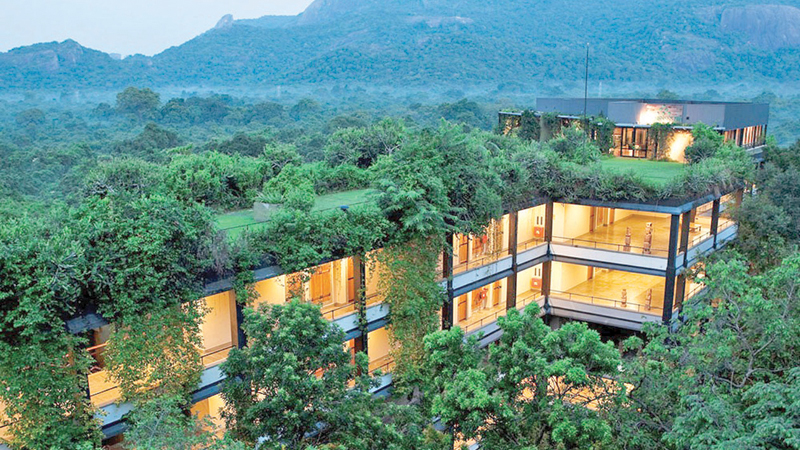The need to protect and care for the environment is widely known, but sustainable development is often overlooked due to human ignorance and societal factors. The majority does not believe in or prioritize sustainable development, so it falls upon those who are knowledgeable to educate and convert others towards a sustainable future. Sustainable development means meeting the needs of the present without compromising future generations’ ability to meet their own needs.
The real estate sector, including building operations, materials, and construction, is a significant contributor to environmental degradation and resource depletion. It accounts for 39% of global carbon emissions and is predicted to reach 56% by 2030. Therefore, the real estate sector must take necessary actions to achieve sustainable development by creating sustainable buildings.
The term “sustainable” or “green” buildings refers to buildings that, in their design, construction, or operation, reduce or eliminate negative impacts on the climate and natural environment while potentially creating positive impacts. These buildings help preserve natural resources and improve quality of life.
Constructing and operating sustainable buildings is crucial due to the increasing threat of climate change and the negative environmental impacts of conventional buildings. Additionally, buildings have a significant impact on social, cultural, and human health and well-being. Sustainable buildings offer environmental benefits such as biodiversity and ecosystem protection, improved air and water quality, and proper waste management. They also provide economic benefits by increasing occupants’ productivity, reducing operating costs, and creating markets for green products and services. Furthermore, sustainable buildings contribute to social benefits such as improved comfort and health, increased aesthetic qualities, and the protection of traditional knowledge and culture.
Despite the benefits, there are challenges and barriers to sustainable building development and operations. These include the lack of incentives, financing schemes, expertise, and environmental awareness in the real estate sector. Additionally, higher initial investments and limited financial resources pose challenges. To overcome these challenges, individuals and groups at all levels should collaborate and be committed to sustainable building practices.
Several strategies can be employed in sustainable buildings, although they have not been widely accepted. These strategies include considering sun orientation, climate, and natural ventilation in building design, implementing high-efficiency systems for electricity, plumbing, HVAC, and other utilities, and harnessing solar energy.
By adopting sustainable building practices and addressing the existing challenges, we can create a better world for current and future generations, ensuring environmentally, economically, and socially sound living spaces.

